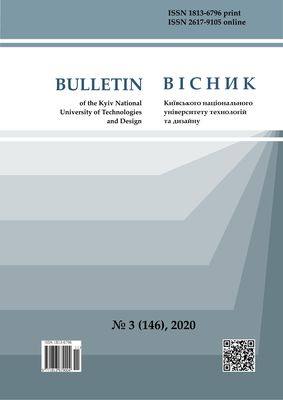STUDY OF KINEMATIC PARAMETERS OF A MACHINE FOR PROCESSING PARTS WITH TWO CAPACITIES EXECUTING COMPLEX SPATIAL MOVEMENT
DOI:
https://doi.org/10.30857/1813-6796.2020.3.2Keywords:
complex spatial motion, working capacity, kinematic parameters, translational acceleration, translational speedAbstract
Investigation of the main kinematic parameters of a shredding machine with two moving tanks connected by a translational kinematic pair and performing complex spatial motion to be able to further predict the technological result at the design stage of such equipment and the corresponding technological operations of machining parts. Using the Solid Works-2016 Motion computer-aided design system, 3D modeling was carried out, followed by kinematic analysis, of a machine for processing parts with two movable capacities, which are interconnected by a translational kinematic pair and perform complex spatial motion. The essence of kinematic analysis was to determine the linear velocities and accelerations of points that coincide with the ends of the working tanks of the machine. Based on 3D modeling and kinematic analysis in the Solsd Works-2016 Motion computer-aided design system, some kinematic parameters of the machine are determined, in particular, the law of the change in the angular velocity of the driven shaft of the machine is obtained in the form of graphical dependencies, the change in the translational speed and translational acceleration of four points, which are conventionally located in the center, is studied the ends of each of the working capacities. The relationship between some kinematic parameters of the developed machine design with two moving capacities that perform complex spatial motion is established. It was found that the kinematic parameters of the two tanks of the machine differ from each other, as a result of which, during the execution of the corresponding technological operations, the intensity of movement of the working array in the two capacities will differ from each other. In addition, the ends of each of the working capacities move with almost the same kinematic parameters, which will facilitate the movement of the working array between the opposite ends of both tanks in opposite directions with the same intensity. The results obtained make it possible to determine the most rational functional purpose of the machine under study.

